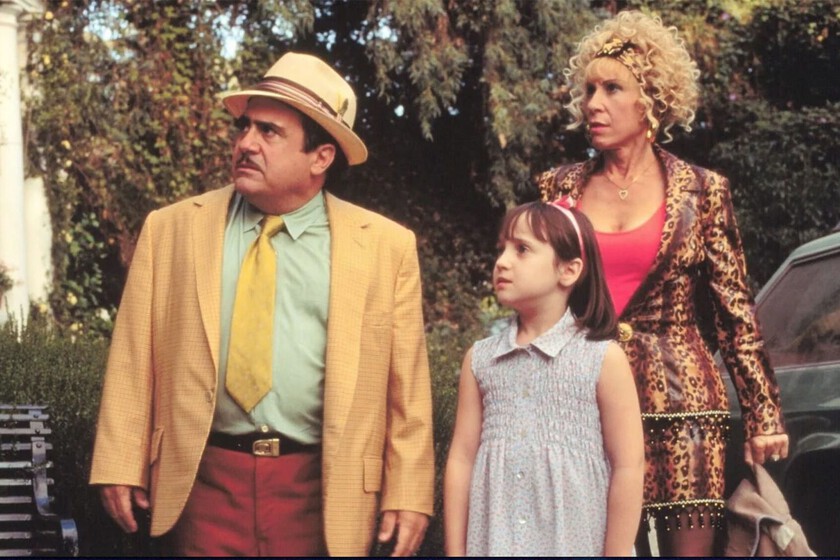

According to painter Lee Krasner (1908-1984), who was Jackson Pollock’s (1912-1956) companion, he said one day around 1942-1943: “Cursed by Picasso!” Every time I feel like I’m getting somewhere, I realize the damn thing got there before me. » Now here’s Pollock invited to it “Bastard” and, moreover, for her first years, until 1947: the period in which Pablo Picasso (1881-1973) it is his constant food and torment. So the journey begins with a comparison of the works on paper of both which show, through their proximity, the force of Picasso’s obsession with the young American. The purpose of the exhibition is to show how the latter is extracted from it little by little, until he becomes the painter of dripschoreographies of color lines placed on the canvas placed on the ground.
About forty of his paintings are brought together, which is remarkable because the difficulty of obtaining the loan of his work is directly proportional to his fame and financial value, both of which have been very high since Pollock was elevated to the rank of American. hero To these are added about twice as many drawings and several works for comparison, including an admirable one Arshile Gorky from 1936-1937 and an equally interesting Janet Sobel from 1943. The whole makes a quality exhibition, hung chronologically. We could have done without a large room with black walls, but Pollock’s color is strong enough to hold its own. It stands out today, as it did to those who witnessed Pollock’s escape from the references to which he was captive.
In his head, his dreams, his fingers
Picasso was therefore everywhere until about 1943, especially in drawings, inks and pencils. Pollock knows him very early and very well. He saw his work in exhibitions, including the retrospective “Picasso: Forty Years of His Art” at MoMA in New York, opened in November 1939, which brought together 364 and which was preceded in May by a presentation A Guernica (1937) in a New York gallery. He sees them in private collections and in magazines arriving from Paris, Art notebooks And Minotaur. He listened to his friend and mentor John Graham (1886-1961) talk about it. The result of this overdose: even as he draws as automatically as possible from the Jungian psychiatrist he goes to in 1939 to try to end his alcoholism and malaise, he creates Picasso, Guernica. He has it in his head, in his dreams, in his fingers. Bits of bullfights, body parts, screaming heads, half-beast, half-man monsters, big staring eyes: we’d never stop to see the quotes.
You still have 50.48% of this article to read. The rest is reserved for subscribers.






